
It was on a cold and stormy day like this, at Windsor Castle, in December of 1841, that the servants and inhabitants of the Castle, and the family--the royal family, wandered the cold grounds in worry and worked in silence inside.
 Inside the Blue room located near the family's apartments, was a man of 42 years of age, struggling to get better, laid up in bed, hot and sweaty. His daughter read to him, his wife stroked his head...his daughter played music for him, the doctors ministered to him. He would rally and be better...and then shockingly, turn feverish again...and the doctor's were not sure what to do. His wife whispered to him in german---sweet things--and then, when she was overcome--would leave the sickroom and go for a walk outside, in the cold air under grey, stormy skies, with the stark light grey of the castle stone hurting her eyes---well, she had been crying, and it hurt to look up.
Inside the Blue room located near the family's apartments, was a man of 42 years of age, struggling to get better, laid up in bed, hot and sweaty. His daughter read to him, his wife stroked his head...his daughter played music for him, the doctors ministered to him. He would rally and be better...and then shockingly, turn feverish again...and the doctor's were not sure what to do. His wife whispered to him in german---sweet things--and then, when she was overcome--would leave the sickroom and go for a walk outside, in the cold air under grey, stormy skies, with the stark light grey of the castle stone hurting her eyes---well, she had been crying, and it hurt to look up..
.
Below is the story of that time in December. I wrote this for The Royalist, and would like to share it with you now...
Victoria's Lasting Tribute to Her Beloved Albert
Written by Susan Flanders for the Royalist
On March 15th 1862, Queen Victoria laid the first stone in the foundation which would one day be her final resting place. It was an act she undertook for all of the new homes and buildings which would come to be of such importance in her life.This particular stone was laid with a heavy heart as it was being built years earlier than it should have been.
.
.
Never, in her wildest dreams, would she have ever thought she would be laying the stone for the house that would hold Albert’s remains for all eternity. Her beloved Prince Consort had died in December 1861, having being seriously ill for several weeks. Although aware her husband was very sick, it was an understatement to say that his death came as a shock to the Queen. Days, even hours earlier, the doctors had believed the Prince to be making progress. Victoria had stayed with him, sitting by the bed, writing that she "found him very quiet and comfortably warm, and so dear and kind, {he} called me "gutes Frauchen" and kissed me so affectionately and so completely like himself, and I held his dear hands between mine." To the relief of the whole family, most especially the Queen, Albert seemed to continue to rally.
.
.
The doctors were convinced the Prince had typhoid, possibly contracted due to the poor drainage system at Windsor Castle. However, it is a diagnosis which will likely never be fully confirmed. Victoria and Albert’s daughter, Princess Alice truly adored her father. Throughout his illness she sat by his sickbed, hour after hour, day after day, reading to Papa and playing the piano in an attempt to help soothe his ordeal. Queen Victoria was never far away, gently wiping her husband's brow, holding him in her arms, or whispering loving words in German. She rarely left Albert's side, except to get a few hours of fitful sleep or to take in a little exercise. On the evening of 14th of December — a date that would, for many terrible reasons, haunt the Queen forever — Albert became weaker.
.
.
The Queen was summoned to his bedside, as were their children, although four of the nine royal offspring were missing. An increasingly distraught Victoria couldn’t believe what was happening. It couldn’t be. He was supposed to be getting better. After all, at 7am on that very morning she had been informed that the Prince was "better than he has been yet" and that "there is grounds to think that the crisis is over." Kneeling before her darling husband, the only man she had ever truly loved, Victoria watched in increasing horror and fear as Albert's life began to ebb away. How could the doctors have been so wrong? She had another eight children to raise; baby Beatrice was not even five years old. She needed him!
.
.
All too soon, however, Victoria's worst fears were confirmed. Inside the Blue Room at Windsor Castle, Albert looked peaceful one moment and then, according to Victoria herself, "two or three long but gentle breaths were drawn, the hand clasping mine and...all, all was over...I stood up, kissed his dear heavenly forehead and called out in a bitter and agonising cry: "Oh! My dear darling!" and then dropped to my knees in mute, distracted despair, unable to utter a word or shed a tear!".The man born Francis Albert Augustus Charles Emmanuel, Prince of Saxe-Coburg-Gotha, the somewhat brilliant man who had truly revolutionised not only Victoria's personal life, but her reign too, was gone. He was just 42 years old. How could Victoria ever, ever go on without him? He had been her dearest friend, her husband, lover, protector and advisor.
.
.
Observers from the time suggested the Queen, in shock at the turn of events, was taken out of the Prince's bedchamber and helped to a sofa in the Red Room, where she laid down and uttered in despair: "There is no one to call me Victoria now." She spent the rest of the night lying with Albert’s nightshirt in her arms, baby Beatrice sleeping at her side. But Victoria herself did not sleep. Her life was in turmoil. She did not want to live. She could not cry.
Now, on March 15th 1862, here she was, laying the rock which would be Frogmore. It would be their mausoleum, and every waking second left to her would be spent making it beautiful for Albert. In some measure, the plans and building of the mausoleum brought the Queen some peace. A hugely religious lady, Queen Victoria believed he was waiting for her on the other side, and she set her thoughts "on the things above." Building Frogmore was important to the Prince Consort’s memory and equally as important to Queen Victoria’s great need to begin the healing process. She had personally chosen the spot for 'our' Frogmore, north of Home Park near Windsor Castle, just days after his death.
.
.
Only after she made this decision did she agree to leave Windsor and return to Osborne House on the Isle of Wight, to grieve and remain secluded. Osborne was the private house which Albert had built for her. But it was more than that: it was a home.Once here, however, the Queen was consumed with thoughts of Frogmore and spent many hours working on the plans for the beautiful place she would now build for him...for them. In the years to come, the aging but still mournful Victoria spent many hours inside Frogmore, it helping to soothe and comfort her. When she entered the ornate building, she was reminded of Albert at once and felt at peace with the world. It was a unique place; not gloomy, simply quite beautiful. Even on the day of the wedding of her son and heir, Edward, Prince of Wales to the beautiful Princess Alexandra of Denmark, the Queen sought solace inside the Royal mausoleum. Prior to the wedding, the Queen took her son and future daughter-in-law inside the mausoleum---telling the bride and groom 'he' would have approved of the marriage. At the end of the day, the final guests having left Windsor, the Queen took refuge once more inside the building and "prayed by that beloved resting place, feeling soothed and calmed
.
.
The Queen's mourning continued for many, many years (perhaps too many years). Finally refreshed, Her Majesty finally returned to the role of England's Sovereign and mother to the Empire. It may only be a building to some, but the mausoleum at Frogmore gave the Queen the rest she needed and the strength to go on. Knowing there was Frogmore, and that it was just theirs, and theirs alone, Victoria had no fear of life, nor of death. The essence of Frogmore is a glimpse of Victoria herself. To visit Frogmore today is to gain, over a century and a half later, a glimpse into one of history's most remarkable royal love stories, the like of which we may never witness again.









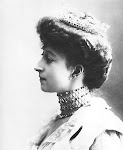

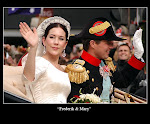

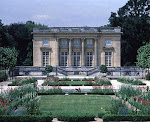


+Mary++Princess+of+OrANGE.jpg)



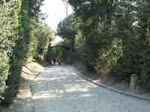


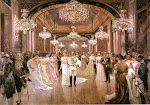

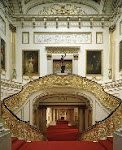



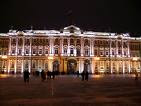
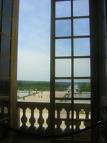

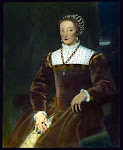


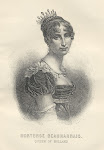



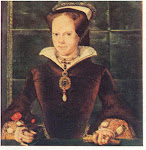


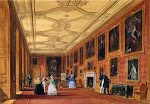




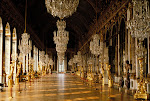
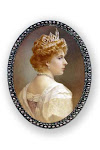

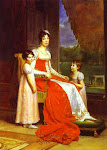

.jpg)


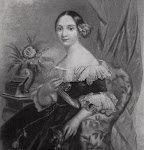


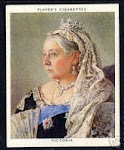
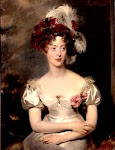
.png)
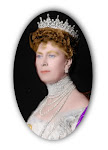


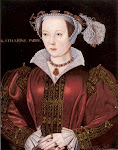


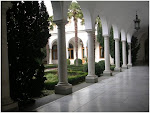

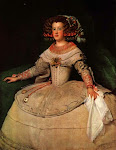
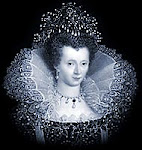



No comments:
Post a Comment